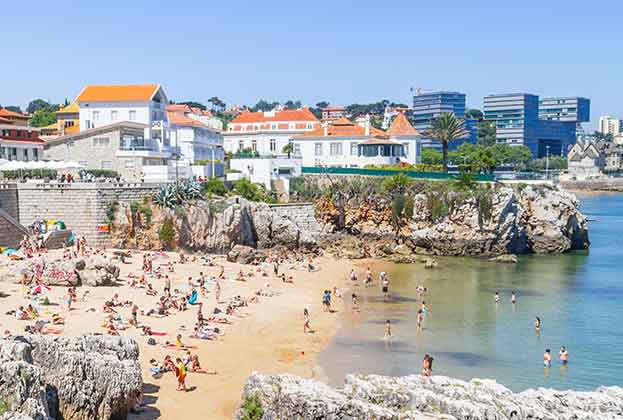Prime rents in the world’s leading cities continue to grow. Renters with a budget of $2,000 a week ($8,000 a month) can rent a property with an average size of 3,825 square feet in 25 top global cities that Savills monitors. That’s 277 square feet less than before the pandemic, since then rents have risen by 11 per cent.
New York remains the most expensive city for prime renters, with $2,000 a week buying just 900 square feet – 110 square feet less than in 2019. Hong Kong, Los Angeles, Tokyo and London are the next priciest locations. Rents across these five megacities have increased by 8 per cent on average since 2019, and $2,000 a week now secures less than 2,000 square feet of prime residential space.
The highest risers were Miami, Dubai and Singapore. For $2,000 a week a prime renter in Miami can rent only half the space they could in 2019 - down from 4,430 square feet to 2,200 square feet.
Miami has benefitted from a growing demand for a warmer climate, tax incentives and a lower cost of living. Miami’s residential market is forecast to see positive rental growth continue, with growth of 4 per cent-5.9 per cent forecast for 2023. This is fuelled by strong demand, rising house prices that are pushing buyers to the leasing market, and the city’s depleted rental stock volumes.
The search for warm weather, more space and a higher quality of life has also boosted rents in Dubai. A prime renter could lease an average of 5,090 square feet here in 2019 for $2,000 a week. They could now only afford just over half of that space, and Dubai now sits between two major European cities Amsterdam and Berlin in the rental league table.
In Europe, Madrid and Barcelona offer the best value for prime renters. For $2,000 a week they can lease 4,910 square feet and 4,610 square feet of prime residential space, well over twice as much as in London (1,830 square feet) and Paris (2,120 square feet). A digital nomad visa introduced at the start of this year should encourage greater movement of non-EU executives and entrepreneurs to the Spanish cities, driving rental demand in these competitively priced markets.
Hong Kong was the only city in the top five where rental values have fallen since 2019, declining by 14 per cent. It’s the second most expensive rental market of the 25 cities, with $2,000 a week securing approximately 1,250 square feet of prime residential space. This is 150 square feet more than in 2019. International and domestic demand has fallen here due to pandemic-related restrictions and ongoing political uncertainties.
Prime rents in Bangkok, Cape Town and Kuala Lumpur have all yet to return to their pre-pandemic levels. Average rents have fallen in these cities by 7 per cent since 2019. Bangkok has yet to see the return of international tenants - commercial flight volumes in H2 2022 were 22 per cent lower than H2 2019. However, the Thai capital expects to see a pickup in demand from this segment of the market in the first half of 2023 as the tourism sector continues its recovery. Kuala Lumpur continues to offer the most prime residential space of our 25 cities. For $2,000 a week 12,460 square feet can be leased, increasing by 820 square feet since 2019.
Moving through 2023, the picture varies city to city. Most of these 25 cities have outperformed 2019 rental values and look set to continue growing this year. European cities Madrid, Rome, and Athens face a lack of prime rental stock which is expected to continue driving rental growth. Asian cities such as Tokyo and Bangkok are likely to see international tenant demand return and elevate rents.
Top performers in 2022, Singapore and Miami are not forecast to see their rental markets slowing anytime soon, due to migration trends bringing ever more people to these locations. Dubai, another top performer in 2022, is expecting to see an influx of prime stock come to market which could help ease increasing rents. Cape Town and Kuala Lumpur are yet to recover to their pre-pandemic levels, and are hoping rental demand will return in the next 12 to 18 months, albeit this return is contingent on global economic conditions.




.jpg)


.jpg)
.jpg)

